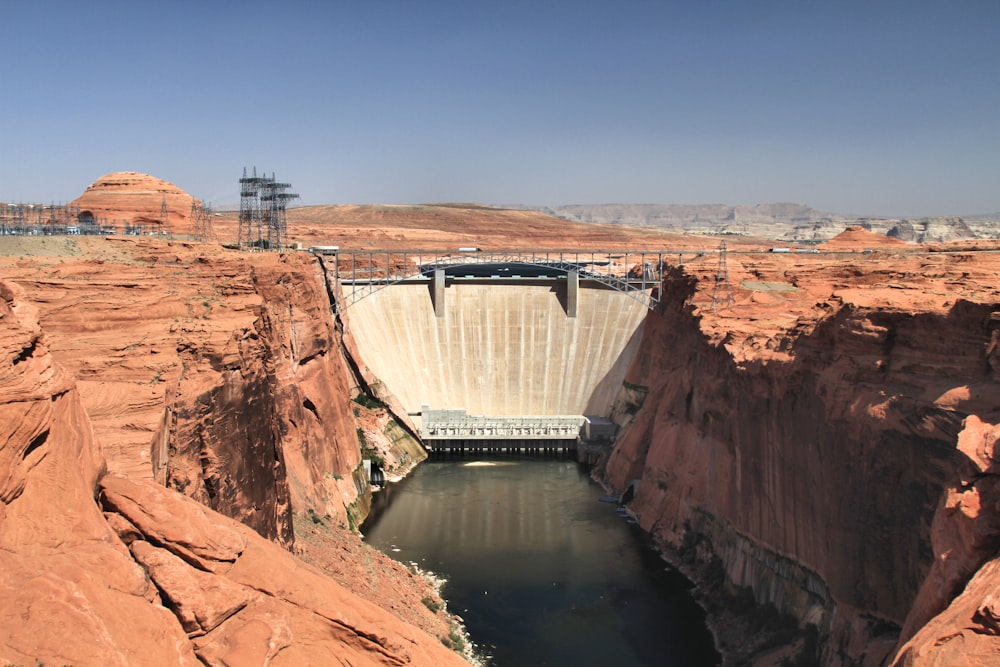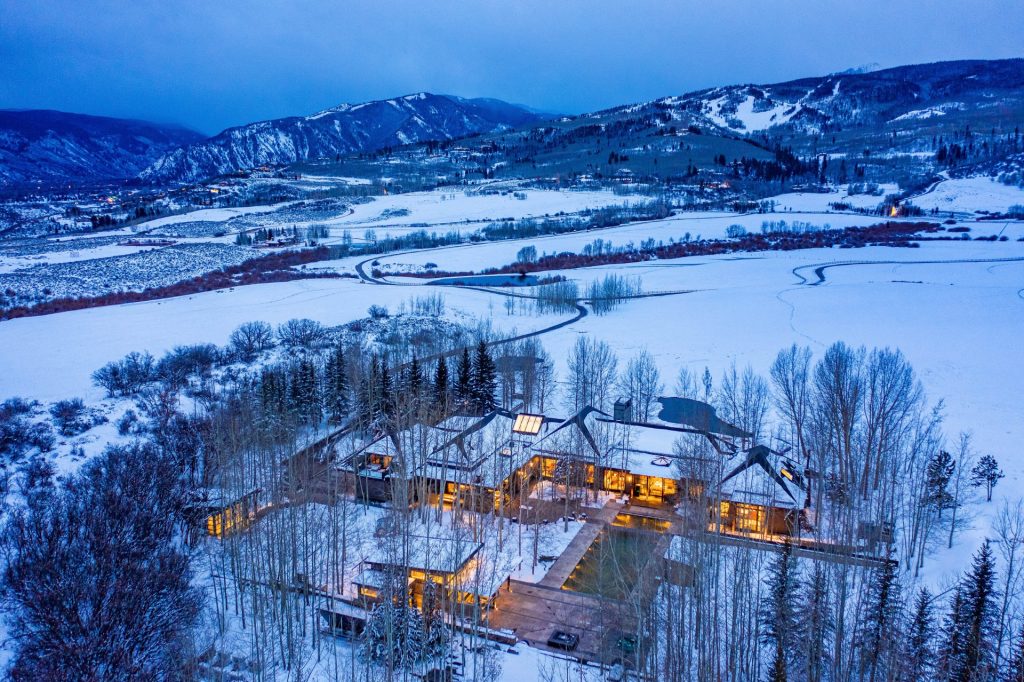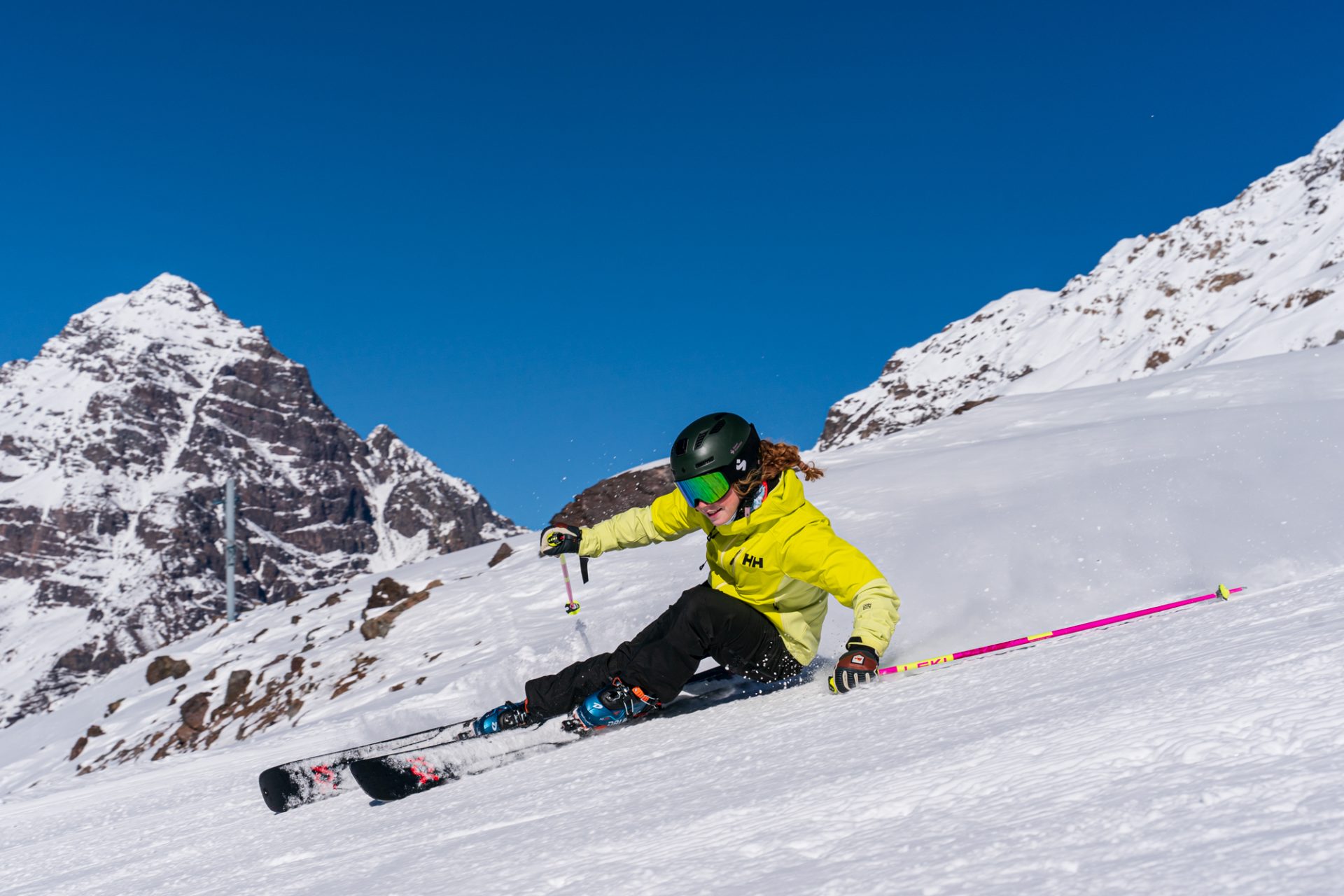
All of the snow that Colorado didn’t get this year came at once. Earlier this March, Colorado experienced its 4th-largest snowstorm on record. Some areas of the front-range saw up to three feet of accumulation. After such a dry winter, the snow was a welcome sight.
However, experts remain worried about water availability for the rest of the year. According to a 2020 study in Science, Colorado and other parts of the West are experiencing the worst Megadrought in over 500 years. All areas of the state rank between D0 and D4 on the drought index, with much of the state in the D3/D4 range.
A specialist at Colorado State University said the snowpack level is approaching normal, but they are concerned about how dry the soil was at the beginning of the season. The snowpack is reaching 92% of the average, but dry soil absorbs more moisture and reduces runoff. This means that much of the snowmelt is not contributing to the tributaries that feed into the larger rivers.
Lack of runoff is problematic because Colorado is the origin of four major watersheds––the Platte, Arkansas, Rio Grande, and Colorado. These rivers supply water to seventeen other states, and snowmelt contributes to as much as 75% of this entire water supply.

Hydrologists are particularly concerned about the Colorado River Basin. The Colorado River provides water for most Colorado and Wyoming, New Mexico, Utah, Arizona, California, and Mexico. Snowmelt on Colorado’s Western slopes nearly fills its two primary storage reservoirs– Powell and Mead. But this particular storm dumped snow further east on the front-range and foothills.
According to the US Bureau of Reclamation, the forecast for 2021’s unregulated inflow to Lake Powell will be 47% of the average. It is too early to tell, but certain counties may have to implement water restrictions. Colorado counties have begun coordinating efforts to disseminate information regarding restrictions should emergency drought conditions occur.
The recent snow undoubtedly helped. But dry conditions in the early season mirror patterns seen in 2002, 2012, 2013, and 2018, four out of the five driest years on record. A couple of spring storms have come through the mountains since the blizzard earlier this month, and it is to be seen how these will affect predictions.




